The Whole-Brain Child Approach from Daniel J. Siegel
$219.00 $65.00
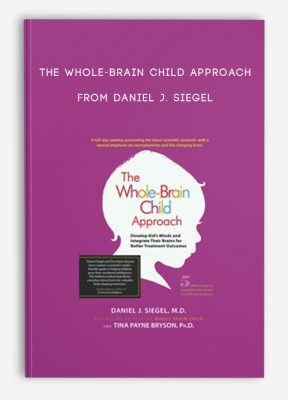
The Whole-Brain Child Approach Develop Kids’ Minds and Integrate Their Brains for Better Outcomes from Daniel J. Siegel , Tina Payne Bryson
Faculty:Daniel J. Siegel | Tina Payne Bryson
Duration:5 Hours 43 Minutes | Format:Audio and Video
Archive : The Whole-Brain Child Approach from Daniel J. Siegel
Get The Whole-Brain Child Approach from Daniel J. Siegel on Salaedu.com
Outline:
Introduction-Integration as a theoretical framework
Part 1-Two Brains are Better than One: Integrate the Left and the Right
- Whole-Brain Strategy #1-Connect and Redirect:
- Surfing Emotional Waves
- Whole-Brain Strategy #2 – Name It to Tame It:
- Telling Stories to Calm Big Emotions and Build Resilience for Difficult Transitions
Part 2-Building the Staircase of the Mind: Integrating the Upstairs and Downstairs
- Whole-Brain Strategy #3-Engage, Don’t Enrage:
- Appealing to the Upstairs Brain
- Reducing flight, fight, and freeze responses and increase thinking responses
- Whole-Brain Strategy #4 – Use It or Lose It:
- Exercising the Upstairs Brain
- Strategies for executive function, anxiety disorders, ADHD, and oppositional defiant disorders
- Whole-Brain Strategy #5 – Move It or Lose It:
- Moving the Body to Avoid Losing the Mind
- Using movement to shift automatic emotional and bodily responses
Part 3-Kill the Butterflies! Integrating Memory for Growth and Healing
- Whole-Brain Strategy #6 – Use the Remote of the Mind:
- Replaying Memories to Resolve Little Traumas and Big Traumas
- Whole-Brain Strategy #7 – Remember to Remember:
- Making Recollection a Part of Daily Life
- Creating new neural connections for self-identity formation
Part 4-The United States of Me: Integrating the Many Parts of Myself
- Whole-Brain Strategy #8 – Let the Clouds of Emotion Roll By:
- Teaching that Feelings Come And Go
- Whole-Brain Strategy #9 – SIFT: Paying Attention to What’s Going On Inside
- Tools for improving self-awareness and insight
- Whole-Brain Strategy #10 – Exercise Mindsight:
- Intervention for anxiety and mood disorders
Part 5-The Me-We Connection: Integrating Self and Other
- Whole-Brain Strategy #11 – Increase the Family Fun Factor:
- Creating new family dynamics
- Whole-Brain Strategy #12 – Connect Through Conflict:
- Teaching Kids to Argue with a “We” in Mind
- Expressing feelings appropriately in ways that improve relationships
Get The Whole-Brain Child Approach from Daniel J. Siegel on Salaedu.com
Description:
Are you struggling to effectively treat behavior disorders, anxiety, and mood disorders in children and adolescents?
Join bestselling authors of The Whole Brain Child, Dr. Daniel Siegel, M.D., and Dr. Tina Payne Bryson, Ph.D, present the latest scientific research — with a special emphasis on neuroplasticity and the changing brain — in a way that’s clear, interesting, and immediately practical. You will learn how the role of experience and focused attention effects the ever-developing brain within children and adolescents.
Revolutionize your assessment and treatment for…
- Anxiety
- Affective Disorder
- Executive Functioning
- Disruptive Behavior Disorder
- Interpersonal Neurobiology
- Reactive and Resilient States
Using stories, case studies, practical suggestions and a lot of humor, Siegel and Bryson provide creative strategies of how to use brain science in your practice. You will learn five different types of integration that can lead to health and wholeness. This video will highlight types of integration and provide case examples demonstrating practical strategies to integrate into your practice.
Help kids acquire new tools to become resilient and feel hope about achieving lasting change in their lives. At the end of the recording, you will have a new framework for treating your clients, along with 12 Whole-Brain strategies to help kids move from reactivity to resilience.
1 review for The Whole-Brain Child Approach from Daniel J. Siegel
Add a review Cancel reply
Related products
HEALTH - FITNESS - LIFESTYLE - MEDICAL
Fast Confidence [How To Be More Confident │Confidence Building] from Sharon Melnick, Ph.D.
HEALTH - FITNESS - LIFESTYLE - MEDICAL
HEALTH - FITNESS - LIFESTYLE - MEDICAL
HEALTH - FITNESS - LIFESTYLE - MEDICAL
HEALTH - FITNESS - LIFESTYLE - MEDICAL
HEALTH - FITNESS - LIFESTYLE - MEDICAL
Somatic Interventions for Treating Complex Trauma with Janina Fisher, Ph.D. from Janina Fisher
HEALTH - FITNESS - LIFESTYLE - MEDICAL
HEALTH - FITNESS - LIFESTYLE - MEDICAL

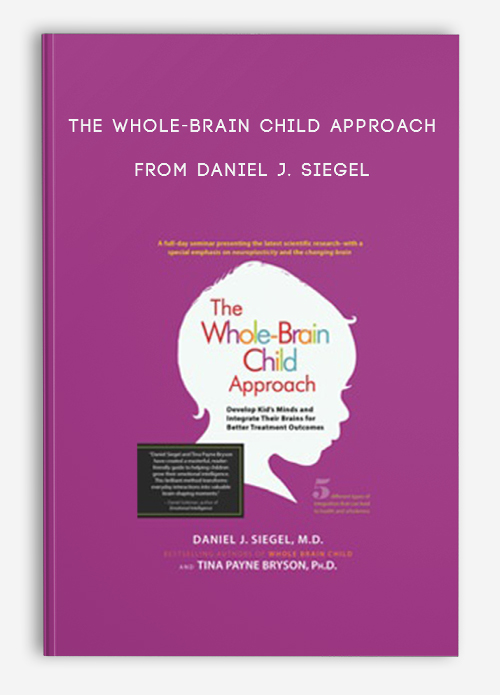
![Fast Confidence [How To Be More Confident │Confidence Building] from Sharon Melnick, Ph.D.](https://tradersoffer.forex/wp-content/uploads/2017/05/Sharon-Melnick-Ph.D.-Fast-Confidence-How-To-Be-More-Confident-│Confidence-Building-220x261.png)
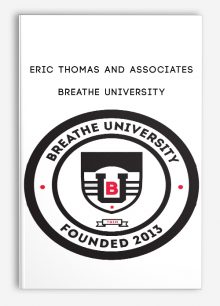

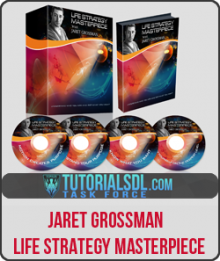
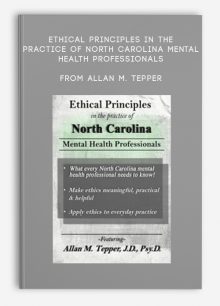
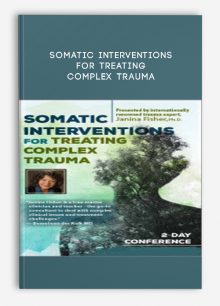
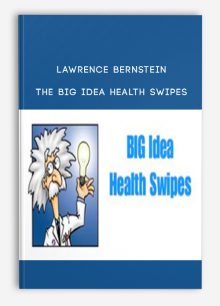

king –
“Great presentation. You can tell they are passionate about what they do, and they are great at making the lecture accessible to all – professionals, parents, etc.”